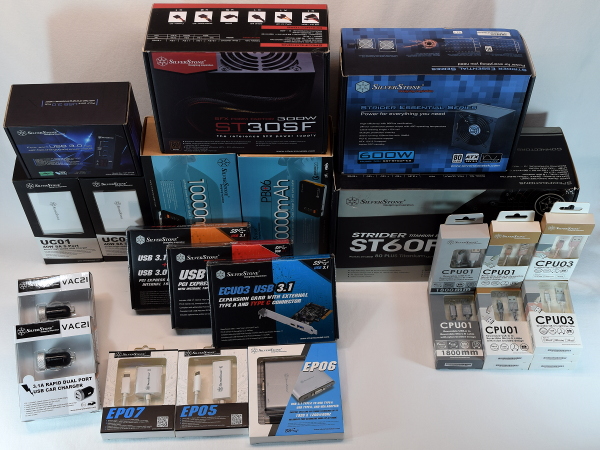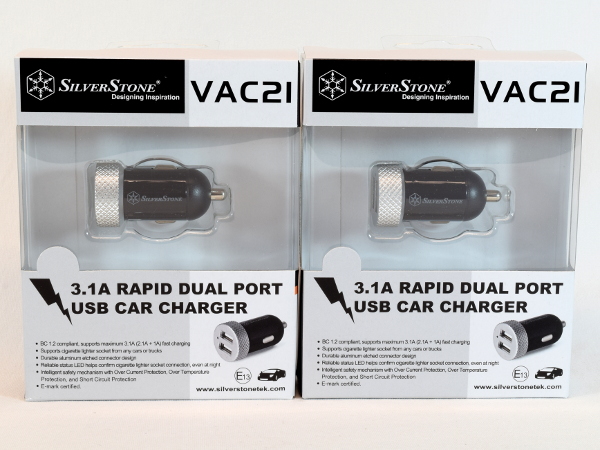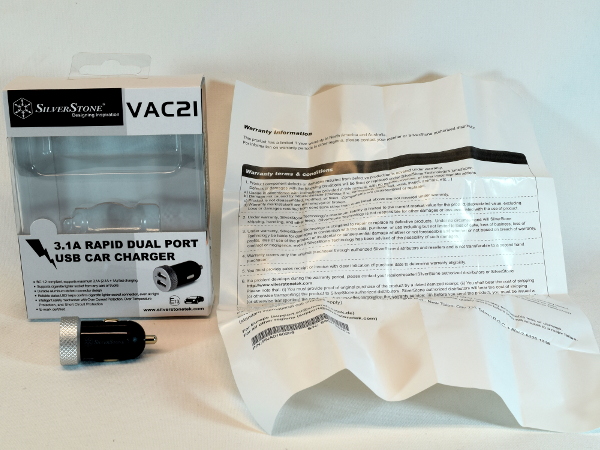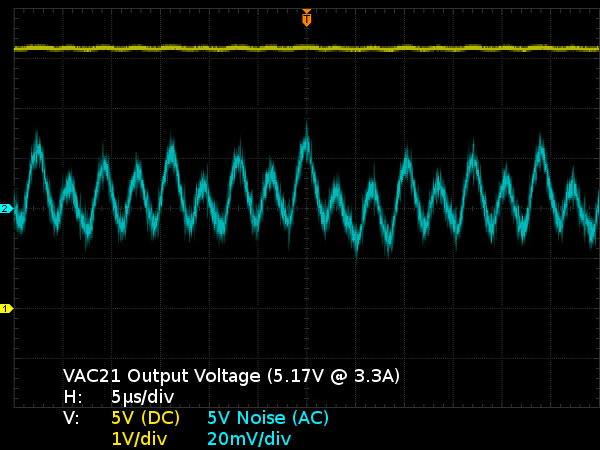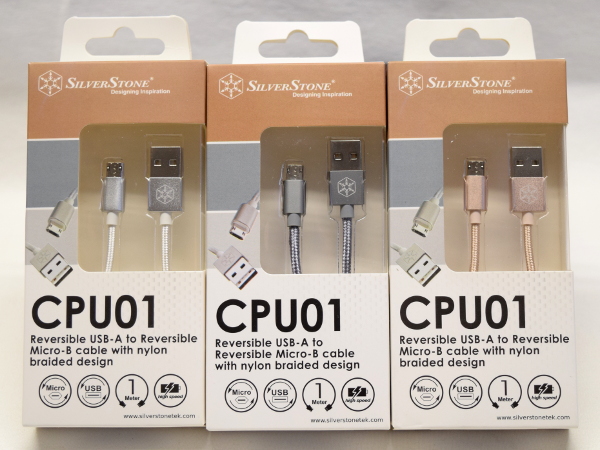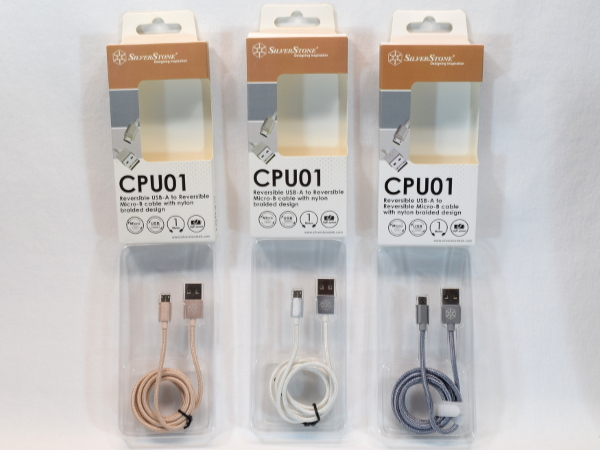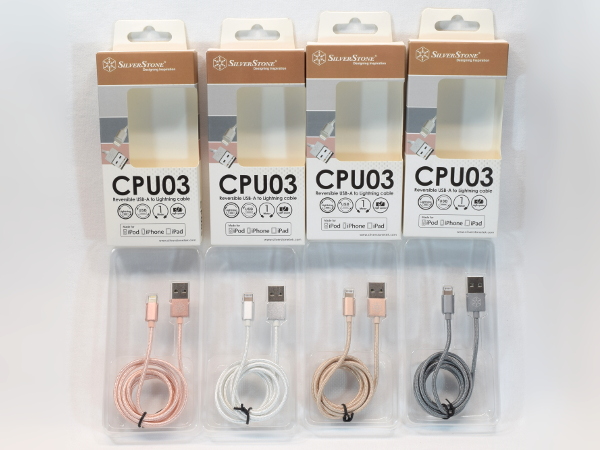SilverStone Stash Tour
The Stash
The original stash of hardware sent in by SilverStone consisted of one UC01 AC adapter, the two VAC21 automotive adapters, the EP03 hub, the EP05-07 type-C adapters, one PB06 power bank, three CPU01 three-foot cables, and four CPU03 three-foot cables. Since then, I received two additional shipments, adding a second UC01 and PB06, ECU03-05 USB 3.1-Gen2 add-in boards, a pair of six-foot CPU01 cables, an ST30SFv2, an ST60F-ES, and ST60F-TI power supplies.
Because these were provided with no specific project in mind, I thought I’d start with a tour through the hardware to see what readers might want to see me do with them.
MORE: Best Deals
The VAC21 (x2)
These two are what got the silver stone rolling. The story goes like this: some of SilverStone’s employees were unhappy with the poor quality of most aftermarket automotive adapters, and decided to build one of their own. Sound like a familiar tale?
Based on the packaging, these have aluminum trim pieces; support both 12V and 24V systems; implement the BC 1.2 power specification with 3.1A total combined output (2.1 + 1.0); have "intelligent" over-current, over-temperature, and short-circuit protection; and have apparently been certified for traffic safety in Luxembourg (E13). Presumably, that means little more than your car shouldn't blow up.
MORE: Best Power Supplies
MORE: Who's Who In Power Supplies
Get Tom's Hardware's best news and in-depth reviews, straight to your inbox.
VAC21 Packaging
What do you find inside this box aside from the adapter itself? A single-page warranty sheet. With a retail price of ~$20 and no accessories, is there more to it than fancy packaging (a clear plastic box with a cardboard insert instead of the usual blister pack or plastic bag) and an aluminum crown piece?
MORE: Best Motherboards
MORE: How To Choose A Motherboard
Inside The VAC21
At a glance, what we find inside is awfully reminiscent of the hardware inside most of the units from my cheap adapter round-up: a switching regulator, a bunch of passive support components, and an inductor. What this one has that cheaper adapters didn't is an input fuse, along with ceramic capacitors on the input and output. As much as I would like to know what additional functionality this adapter includes, I cannot find any information about its unbranded “AJY5EA” chip. At least the Chengx capacitor on its input is rated for 50V.
Looking at the board, it lacks a discrete rectifier. Does this indicate an integrated diode or synchronous rectifier? There is one way to find out without a datasheet: measure efficiency.
MORE: Best Gaming Monitors
MORE: Best Professional Monitors
VAC21 Quick Test
I managed to crank the load current up to 4A for a minute before thermal shutdown kicked in with the adapter holding up nicely at 5.13V. After that, I had to roll current back to 3.3A for the periodic shutdowns to stop, at which point the adapter provided 5.15V. It looks like this adapter should have no trouble maintaining its 3.1A total output capacity rating.
As it delivered power, the VAC21 drew 1.67A @ 11.83V, yielding an efficiency of 86%. That's not quite high enough for us to definitely call out a diode versus synchronous freewheeling rectification, but it's still decent. Noise-wise, we have 50mVPP of ripple at 330 kHz, which is merely par for the course.
If I do another automotive USB adapter round-up, I’ll revisit this one for a more in-depth look.
MORE: Best Memory
MORE: The Most Common DDR DRAM Myths Debunked
One-Meter CPU01 Cables (x3)
Another product that SilverStone volunteered to send was its reversible type-A to micro-B cables. Reversible plugs are a heavily hyped feature of the type-C connector, and some manufacturers have found a way to make reversibility a thing for type-A and micro-B plugs as well.
MORE: Best Gaming Laptops
MORE: All Laptop Content
CPU01 Revisions
When I first tried the white CPU01 cable, I couldn’t believe how much force was needed to insert its micro-B plug into my tablet’s port. By putting the tablet on an electronic scale, I measured approximately four kilograms (nine pounds or 40N) before the pink cable clicked in, versus roughly one kilogram for my regular cables. When I asked SilverStone about this, I was told that there were three revisions of the CPU01 cables to address my specific issue.
How do you tell which revision you have? The third revision comes with a Velcro strap instead of a wire tie. Sure enough, the gray cable from my first batch requires a much more reasonable 12N (1.2 kg or 2.6 pounds) of insertion force.
MORE: Best Graphics Cards
MORE: How Well Do Workstation Graphics Cards Play Games?
Reversible Type-A
How do you make type-A reversible? More than half of the type-A end is plastic fill. So, instead of filling the bottom half of the connector with plastic, you only put a wafer in the middle and mirror contacts on both sides. Regardless of which way you plug it in, it just works!
The implementation is so simple that we seriously wonder why the USB specification wasn’t made this way in the first place.
MORE: Best CPUs
MORE: Intel & AMD Processor Hierarchy
Reversible Micro-B
Exactly the same trick works for the micro-B connector, although the contact support wafer gets quite thin.
When SilverStone offered these reversible cables to me, I didn’t think much of them. Getting my A/micro-B cables’ orientation right less than 50% of the time (have you ever tried plugging something in, flipping the connector around, and then realizing it was right the first time, just not lined up correctly?) never bothered me before. After using these cables for a few months, though, I must admit that the convenience factor grew on me.
MORE: Best Cases
MORE: Best CPU Cooling
Nylon Braiding
As advertised on the packaging, SilverStone’s CPUxx cables have a braided outer layer. The nylon weave adds stiffness, which reduces tangling and improves the cable’s structural integrity by making it more difficult to crush or kink. You also get increased friction wear resistance.
Excessively tight fit of the earlier micro-B connector revisions aside, they look and feel like high-quality cables. Only time will tell if they live up to their first impressions. I can see why our SilverStone contact was so enthusiastic about them, though.
MORE: Best PC Builds
MORE: How To Build A PC
One-Meter CPU03 Cables (x4)
SilverStone didn’t forget Apple products. Its reversible type-A and braided cable design is available with a Lightning connector on the other end in its CPU03 cable accessories line-up.
Since I do not own any Apple devices, I’ll give two of these to my sisters as Christmas presents and keep one just in case.
If there is a “Velcro edition” of these, I didn’t get any.
MORE: Best Deals
-
clonazepam Hello Daniel. I'm afraid these parts aren't all that interesting to me, personally. I respect others may feel different. Now, here's what I came up with given my level of interest. I think you should design a suspension bridge, and build it out of these parts. Once complete, see how much weight it can support before collapsing.Reply
I hope you can appreciate my contribution to the comments section. -
Kridian I never think to inspect PSUs for bad soldering, but you've just convinced me to start.Reply
-
Daniel Sauvageau Reply
You never know what you'll find until you start looking. Doing so properly and (reasonably) safely however isn't within everyone's capabilities.19158928 said:I never think to inspect PSUs for bad soldering, but you've just convinced me to start. -
Daniel Sauvageau Reply
Hopefully not, but it shows that even top-tier ODMs like Enhance in the Strider's case aren't exempt of occasional QA oversight. Can't draw a definitive conclusion on how common those assembly/QA issues are from a sample size of one.19159703 said:So now i have to pull apart every PSU I buy to do their QA checking for them?
-
dstarr3 I love the reversible USB A and B cables. Why has it taken this long for that to be done, considering it was so simple?Reply
